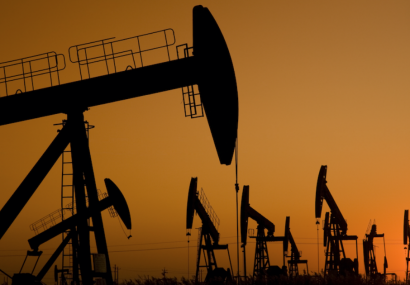The Greenhouse Gas Reduction Fund (GGRF) was created by the California Legislature in 2012 to facilitate the achievement of reductions of greenhouse gas (GHG) emissions in the State, consistent with the goals of AB 32, the Global Warming Solutions Act of 2006. The GGRF is funded by auction proceeds from the state’s Cap-and-Trade Program.
Each fiscal year, the California Legislature and the Governor appropriate GGRF proceeds to State agencies and programs to implement GHG emission reduction programs and projects, with over $9 billion appropriated to date. The California Air Resources Board (CARB) has issued its 2019 Annual Report to the Legislature on California Climate Investments Using Cap-and-Trade Auction Proceeds (Report). The Report “describes the status and outcomes of California Climate Investments, which are funded by Cap-and-Trade auction proceeds and distributed through” the GGRF.
The Cap-and-Trade Program Outcomes
The California Climate Investments Using Cap-and-Trade Auction Proceeds Report sets forth the following as cumulative program outcomes through November 2018:
(1) 110,000 projects installing efficiency measures in homes
(2) 3,200+ affordable housing units under contract
(3) 207,000+ rebates issued for zero- emission and plug-in hybrid vehicles
(4) 500,000+ acres of land preserved or restored
(5) 50,000+ trees planted in urban areas
(6) 462+ transit agency projects funded, adding or expanding transit options
(7) 57 percent of funding for projects benefiting priority communities ($1.5 billion +)
(8) 343,000+ individual projects implemented
As set forth in the Report:
“. . .[p]rojects implemented through 2018 are expected to reduce GHG emissions by nearly 37 million metric tons of carbon dioxide equivalent (MTCO2e) over time – GHG emissions equivalent to 4 billion gallons of diesel fuel use.”
GHG emission reductions are also expected from planned investments, including the High-Speed Rail project, which alone is expected to reduce GHG emissions by 64.3 to 75.9 million MTCO2e over the first 50 years of its operating life.
Program Co-Benefits
The Report notes that program funds lead to other “co-benefits,” beyond the reduction of GHG emissions and that agencies have started to report on these co-benefits, “which support other Legislative priorities, State goals, and community benefits.” The Report includes a small subset of projects with quantifiable co-benefits and lists the following co-benefits for projects implemented in 2018 alone:
(1) NOx Emission Reductions – 7,000 tons
(2) PM2.5 Emission Reductions – 475 tons
(3) Diesel PM Emission Reductions – 330 tons
(4) Renewable Energy Generated – 747 Gigawatt hours
(5) Energy Savings – 161 Gigawatt hours of electricity and 268 therms of natural gas
(6) Water Savings – 85 billion gallons
(7) Natural and Working Lands Treated, Restored, or Preserved – 247,667 acres
(8) Trees To Be Planted – 3.6 million
Community health is also a co-benefit, with the Report stating that:
“. . .[i]mplemented projects are cumulatively expected to result in fewer incidents of premature cardiopulmonary mortality, hospitalizations for cardiovascular and respiratory illness, and emergency room visits for respiratory illness and asthma.”
Finally, many projects also:
“. . .result in climate adaptation co-benefits based on their ability to reduce vulnerabilities to extreme heat, drought, sea level rise and inland flooding, agricultural productivity and conservation, species habitat, and wildfire.”
California’s 2030 Goals
According to the Report, the overall program is helping California reach its 2030 environmental goals, including:
(1) Cap-and-trade (firm limit on 80 percent of emissions)
(2) Clean energy (at least 50 percent renewable electricity)
(3) Natural & working lands restoration (15-20 million metric tons of reductions)
(4) Reduction of “Super Pollutants” (40 percent reduction in methane and hydrofluorocarbons
(5) Clean cars (over 4 million affordable electric cars on the road)
(6) Clean transit (100 percent of new buses are zero-emission)
(7) Clean fuels (18 percent carbon intensity reduction)
(8) Sustainable freight (transitioning to zero emissions everywhere feasible, and near-zero emissions with renewable fuels everywhere else)
What’s Next?
According to the Report, in 2018 CARB updated funding guidelines to increase the focus on important co-benefits. In addition, a Third Investment Plan for Fiscal Years 2019–20 through 2021–22 was created as a result of a multi-agency effort. The Third Investment Plan recommends continued Legislature investment and prioritization of programs benefiting communities with near-term climate and health benefits and transformation to long-term adaptable and resilient low-carbon communities and ecosystems. The Third Investment Plan also recommends programs that support job training and apprenticeship opportunities.
Conclusion and Implications
The Report contains a detailed summary of expenditures from the GGRF, with reported project outcomes. The data contained in the Report will likely guide decision makers when they consider future appropriations.
(Kathryn Casey)




